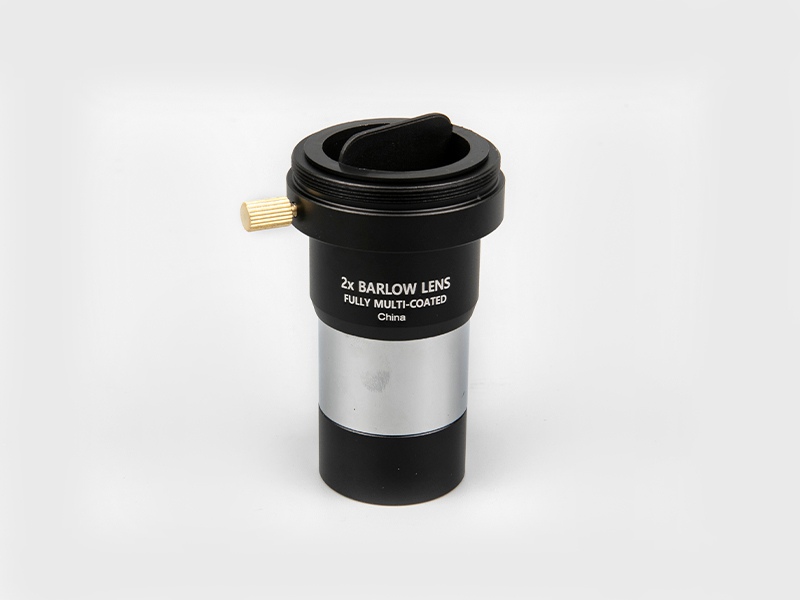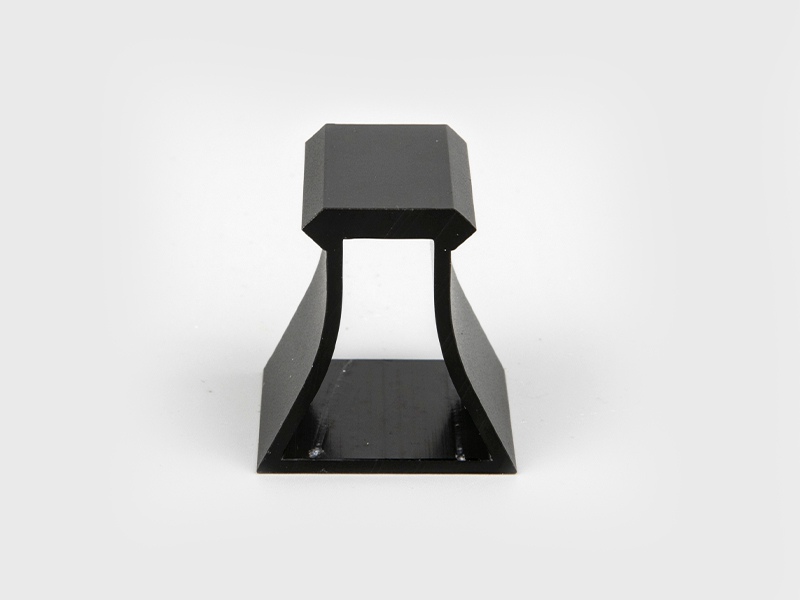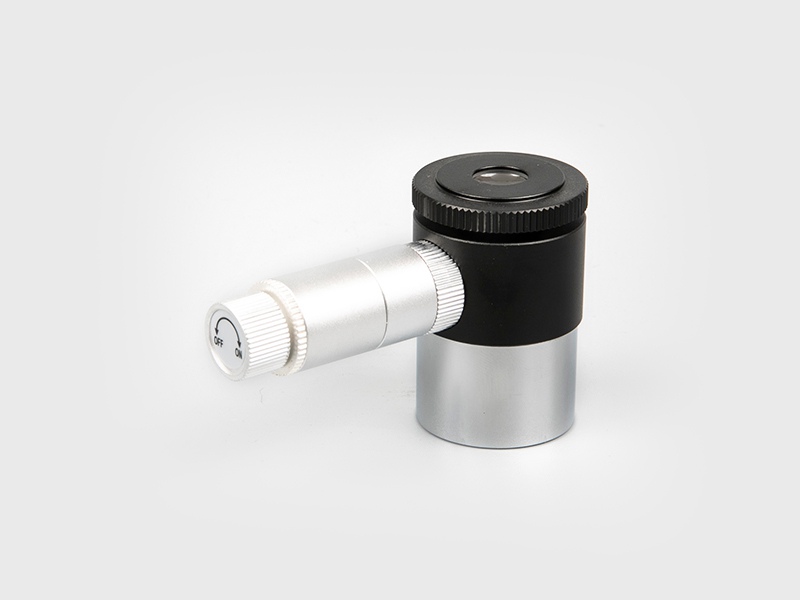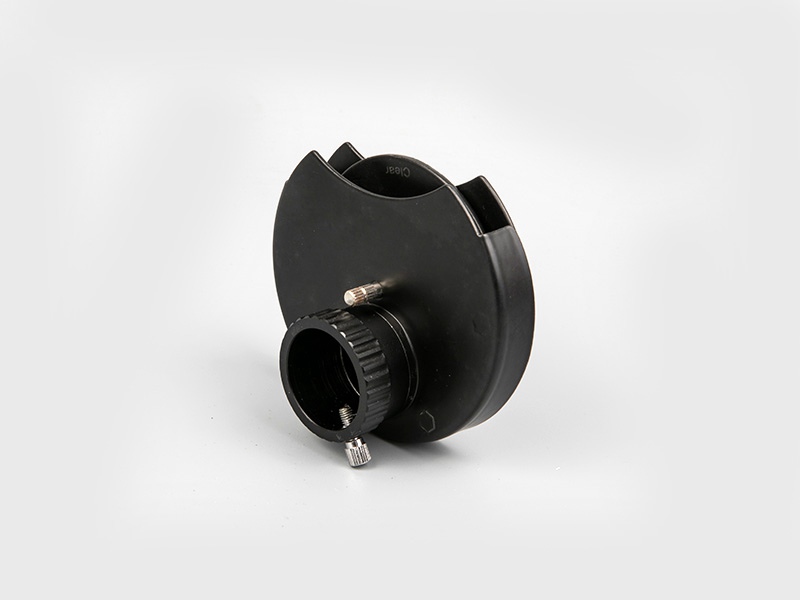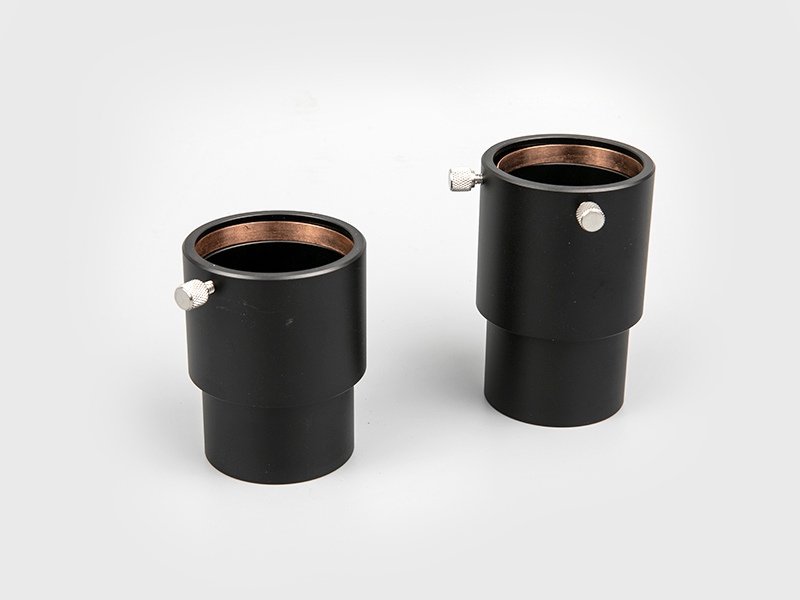Is the higher the better?
Most people intuitively believe that the higher the telescope, the better. This is a very wrong concept. Affected by the shaking of hands when holding the telescope, as well as the limitation of the size and weight of the telescope and the atmospheric stability, the handheld telescope is generally 7-12 times more suitable. The telescopes used by the troops are basically 7 or 8 times larger. The mainstream top handheld binoculars are basically 8-10 times. Unless anti-shake technology is used, such as CANON and FUJINON anti-shake binoculars, the multiple will be adjusted to 10-18 times. Many manufacturers take advantage of ordinary people's preference for high magnification, deliberately imagining the telescope magnification to cater to consumers' desires. The quality of this kind of non-serious product is difficult to guarantee. It is recommended that you do not buy it.
Are zoom binoculars okay?
It can be said that the zoom binoculars are basically rubbish, the effect is extremely poor (small field of view, large distortion, optical axis deviation, dim imaging, poor observation comfort), and the failure rate is extremely high. It is recommended that you do not buy it. It is best to choose Times.
What does something like 8X30 mean?
The specifications of binoculars are often expressed by numbers like 8X30. 8 means that the telescope has 8 times magnification and can shorten the distance of the observation target by 8 times. For example, a target 800 meters away can be observed and imaged through an 8 times telescope. The size is as large as direct observation with the naked eye at a distance of 100 meters (affected by atmospheric interference and the quality of the telescope, the observation effect is not as good as the direct observation with the naked eye at 100 meters). And 30 means that the objective lens of the telescope is 30 mm in diameter. The larger the number, the brighter and clearer the imaging and the more comfortable the observation. However, the size, weight, and price of the corresponding telescope will increase.
What is the difference between Paul prism and roof prism?
If there is no prism rotation, the image we see is an inverted image. The prisms often used in handheld telescopes are divided into Paul prisms and roof prisms. Using Paul prisms has good imaging effect and low price, but the volume and weight are too large. The roof prism is small in volume and weight, but it has the shortcomings of double aberration, phase difference, and inability to total reflection. It is necessary to use high-precision prisms, phase film and high-reflection film to overcome these defects, which makes the price of the telescope more expensive.
What is the difference between BAK4 and BK7?
Paul prism often uses two types of lenses, BAK4 and BK7. The former has a high refractive index and the entire field of view can achieve total reflection, while the latter has a low refractive index and the edge field of view can not be totally reflected. Therefore, the imaging effect in the center of the field of view is the same, and the image of the edge of the field of view with BK7 will be darker than BAK4. However, the human eye's attention is mainly concentrated in the center of the field of view, so the imaging effect of the prisms of the two materials is not much different. The ex-factory price of BAK4 prism is more expensive than BK7, so low-end Paul prism telescopes often use BK7 prism. Hold the telescope with your eyes 30 cm away from the eyepiece, and observe the shape of the pupil spot. If it is a bright circle, it is a BAK4 prism, and if it is a circle with 4 vignetting edges, it is a roof prism. For roof prisms, it does not matter what material is used. Many roof prisms also claim to use BAK4 prisms, which are basically commercial propaganda and have no technical significance, and it is impossible to judge the material used with the naked eye.
What is the function of the AR coating?
There are multiple sets of lenses inside a telescope, and each set of lenses has two reflective surfaces. If no antireflection coating is applied, at least 50% of the light will be consumed by the reflection on the lens surface, which will seriously reduce the brightness of the image and the contrast. The image is foggy. Therefore, it is necessary to plate an anti-reflection coating on the surface of the lens to reduce reflection. The most traditional antireflection coating is a single-layer coating, which is blue in reflection, commonly known as blue coating. The multi-layer antireflection film has better antireflection effect, and the reflection is mostly green, commonly known as green film. Based on this feature, many manufacturers deliberately manufacture low-cost single-layer green reflective films, commonly known as decorative films, which are harmful to imaging. Everyone must be vigilant. The color of the coating is not the key. The key is to see whether the reflected light is weak. The weaker the light, the lower the reflection and the better the anti-reflection effect.
What is the effect of nitrogen filling and waterproofing?
Nitrogen-filled and waterproof binoculars are filled with dry nitrogen. Moisture in the air cannot penetrate into the interior. There will be no mold inside the lens. It can be maintained and used for a long time and is suitable for various outdoor activities.
Is the best telescope a military telescope?
Absolutely not. Military telescopes are used in battlefield environments, mainly emphasizing sturdiness, durability, and high reliability. They do not require high optical quality and details. The so-called Type 62 military telescope is not as effective as the Forester 8X30 which retails for 188 yuan. In the past, only troops were equipped with binoculars, and ordinary people couldn't afford it (you can change a panda binoculars without eating or drinking half a year's salary), so the myth that military binoculars work well. In addition, with the development of optoelectronic technology, the role of telescopes in the army has continued to decline. If ordinary people don't have a military plot, and don't go over the mountains every day, they shouldn't buy military binoculars, which is extremely impractical.
How many ways to express the field of view
Common methods include degrees, xxx meters/1000 meters, xxx yards/1000 inches, etc. Taking 125 meters/1000 meters as an example, it means that when a telescope is used to observe a target 1000 meters away, the visible range is a circular area with a diameter of 125 meters. In addition, take an 8x telescope with an actual field of view of 7.5 degrees as an example. Although the actual observation range is only 7.5 degrees, because the telescope has an 8x magnification, the apparent field of view is 7.5x8=60 degrees, so it doesn't feel cramped to observe. A telescope with an apparent field of view of more than 60 degrees can be regarded as a wide-angle telescope.
The algorithm and meaning of the exit pupil diameter?
Exit pupil diameter = telescope objective lens aperture ÷ magnification, such as 8X30 size telescope, exit pupil diameter = 30÷8=3.75 mm, if the exit pupil diameter is less than 3 mm, such as 8X21, 10X25 specifications, generally only suitable for a well-lit environment Next observation. The exit pupil diameter is more than 5 mm. For example, the 8X42 and 7X50 specifications can be observed in low-light environments (dusk, dawn, moonlit night, etc.). The telescope cannot observe in a completely dark environment.

 English
English 日本語
日本語 Deutsche
Deutsche España
España

